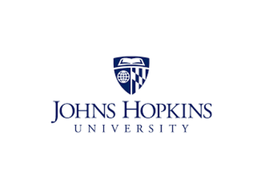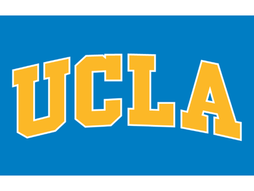The Ultimate Guide to the F=MA Exam
F=MA is organized by the American Association of Physics Teachers. Since it is the screening test for the USAPhO and International Physics Olympiad, the F=ma has earned a reputation as the ‘gatekeeper’ to the world of physics Olympiads.
We’ll simplify all the important details for you about the exam and also share some great resources to help you along the way.
If you’re interested in a research project in physics, then consider getting 1-1 mentorship by top PhDs at Lumiere – a research program founded by Harvard researchers. We have hundreds of students who do physics projects with us each year.
The F=ma exam | The Gatekeeper to the USA Physics Team
To get invited to the USA Physics Team (USAPhO) exam, you have to be one of the 400 top scorers in the F=ma exam. The cut-off is usually between 14-18 on the F=ma.
From this pool of students, approximately 20 will be invited to be a part of the U.S. Physics Team, based on their USAPhO and F=ma scores.
Selected students attend a ten-day training camp at the University of Maryland. At the end of the camp, five students will be selected to represent the team at the International Physics Olympiad.
Format of the exam
75-minute exam with 25 multiple-choice questions. Two versions of the exam are given, the F=ma A and F=ma B.
The F=ma A and F=ma B are designed to cover the same topics and have the same difficulty but will have completely different questions.
The F=ma exam focuses on mechanics, including kinematics, statics, Newton’s laws, momentum and energy, oscillations, orbital mechanics, fluids, and elementary data analysis.
All problems can be solved without the use of calculus, though some may have shorter calculus-based solutions. [Note: recently, error propagation problems have become more prominent in the exam]
The average score is usually an 8 out of 25 and the cut-off to qualify for USAPhO is usually between 14-18.
Eligibility: Middle or high school students who are either U.S. citizens or legal permanent residents. There are around 6,000 participants each year!
When: The exam takes place 1-2 times each year and this differs from one year to the next. It typically takes place in February. For 2023, the exam will take place on February 9, 2023. Please register here.
Cost: The registration fee to participate is $50 ($25 for AAPT Members) per school plus $10 per student.
Where: The exam is locally held on the same date and the school receives the exam and answer sheet. The procedure is outlined here.
It is preferred that one person register all students from a school so be sure to coordinate with your school for registrations.
How early should you start preparing for F=ma?
Long story short, as early as possible! Many of the past winners have attempted the F=ma multiple times, starting in middle school. Through continuous practice, they were in optimum shape by high school and made the cut-off for the USAPhO.
This doesn’t mean that it's too late if you are already in high school. Smart prep is the way to go! (We are covering some useful resources further below!).
Resources for F=MA
Past papers are very helpful to help you understand the types of questions and get a feel for them. Some of the more recent papers have been solved here by a passionate math teacher!
Declutter and build a strong foundation
F = ma competitions cover only problems in classical mechanics - so keep your focus strictly on that. Also remember that the math required is mostly at the level of precalculus, with rare exceptions requiring calculus.
Check out this mechanics lectures series from MIT Open Courseware (This series is conducted by Walter Lewin who is an incredible professor at MIT - we love listening to him and we are certain you will too!)
We can’t miss out on mentioning Khan Academy because of its excellent, topic-focused tutorials.
Flipping Physics - for all your F=ma or AP Physics needs!
F=ma is organized by the American Association of Physics Teachers. Since it is the screening test for the USAPhO and International Physics Olympiad, the F=m has earned a reputation as the ‘gatekeeper’ to the world of physics Olympiads.
IF YOU WANT US TO NAME BOOKS AND OTHER RESOURCES, PLEASE LEAVE A COMMENT BELOW!!!
If you’re looking for a competitive mentored research program in subjects like data science, machine learning, political theory, biology, and chemistry, consider applying to Horizon’s Research Seminars and Labs!
This is a selective virtual research program that lets you engage in advanced research and develop a research paper on a subject of your choosing. Horizon has worked with 1000+ high school students so far and offers 600+ research specializations for you to choose from.
You can find the application link here
Interested in doing physics research? Check out the Lumiere Research Scholar Program, a selective online high school program for students that I founded with researchers at Harvard and Oxford. You can find the application form here.
Stephen is one of the founders of Lumiere and a Harvard College graduate. He founded Lumiere as a PhD student at Harvard Business School. Lumiere is a selective research program where students work 1-1 with a research mentor to develop an independent research paper.






